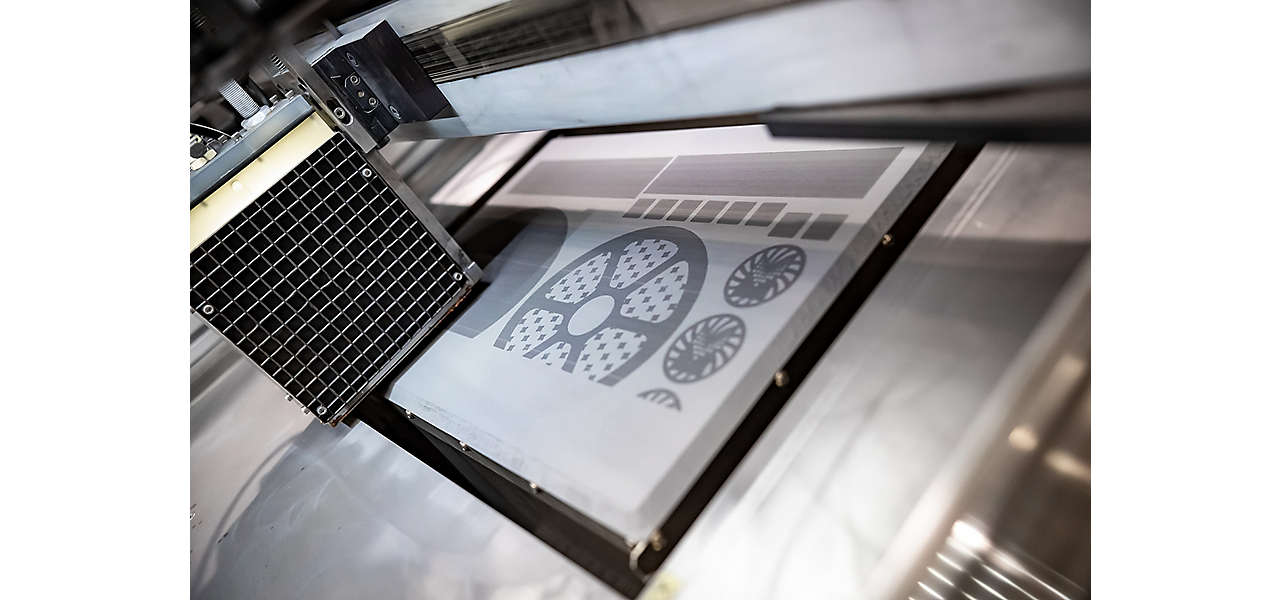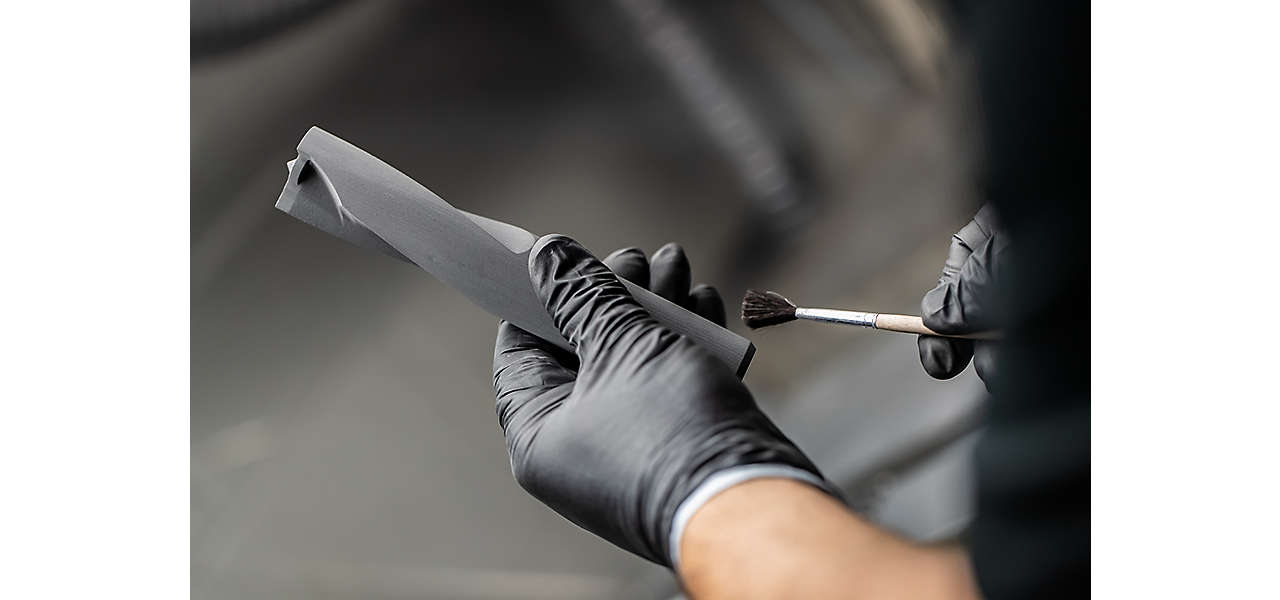Exploring Essential Tools for Additive Manufacturing
July 6, 2023
July 6, 2023

Additive Manufacturing (AM) is significantly influencing manufacturing and has been continuously bringing transformative changes in tooling production. The ability to work with this technology coupled with the freedom to creatively engineer parts has opened new avenues which will improve efficiencies, save on cost, and reduce material waste.
Commonly referred to as 3D printing, additive manufacturing is a process that builds three-dimensional objects by adding material layer-by-layer from software like Computer Aided-Design (CADs). Materials may include polymers, metals, or composites. This allows for rapid manufacturing prototyping and more precise geometries of the part you’re going to generate.
The importance of additive manufacturing lies in the many benefits it offers over traditional manufacturing methods. Here are a few reasons why it is important:
Customization: Additive manufacturing allows for the creation of custom parts that would be difficult or impossible to produce with traditional manufacturing methods. This means more customized products can be offered to customers.
Faster time-to-market: Traditional manufacturing processes can take weeks or even months to create a product. With additive manufacturing, a product can be created in a matter of hours or days. This means that companies can get products to market faster and respond more quickly to market-changing demands.
Reduces waste: Traditional manufacturing methods often produce a significant amount of waste material. Additive manufacturing, on the other hand, produces little to no waste because it only uses the exact amount of material needed to create the product.
Reduces costs: Metal additive manufacturing can be more cost-effective than traditional manufacturing methods because it requires fewer materials and can be used to create complex geometries that would be expensive.
Versatility: Parts can be made from a wide range of materials including plastics, metals, ceramics, and composites. This makes it a versatile technology that can be used in a variety of industries, from aerospace and automotive to healthcare and consumer products.
As additive manufacturing technology continues to evolve, it will become increasingly important for companies to incorporate it into their manufacturing processes to remain competitive in the global marketplace.

Additive manufacturing allows for rapid design prototyping and iteration. With traditional manufacturing methods, creating a prototype can be time-consuming and expensive, requiring the development of custom tooling and equipment.
Additive manufacturing, on the other hand, allows for rapid prototyping and design iteration, which can significantly increase design optimization capabilities, reduce production time, and save costs. This means that engineers can test and refine their ideas quicker, leading to better innovations along with the capabilities for faster parts production.
Additionally, engineers can design parts that are more durable, lightweight, and stronger than those produced with traditional methods. Innovation can also move forward faster by enabling a more collaborative space with design share around the globe, enhancing product development.
AM in metalworking heavily relies on metal powders specifically formulated for 3D printing processes. These powders undergo stringent quality control measures to ensure their suitability for AM applications. Key factors to consider when selecting metal powders include particle size, morphology, flowability, chemical composition, and powder bed density.
Metal powders used in additive manufacturing cover a wide range of materials including various alloys, stainless steels, nickel-based alloys, titanium, aluminum, and more. The ability to precisely control the chemical composition of metal powders allows for the fabrication of parts with tailored material properties, such as enhanced strength, corrosion resistance, or heat resistance.

The aerospace industry is at the forefront of technological innovation and is constantly seeking ways to improve performance, reduce weight, and enhance efficiency. AM has emerged as a transformative technology within aerospace, revolutionizing the way aircraft components are designed, produced, and maintained. Components used may include engine parts, structural parts, and tooling.
The platform has revolutionized the production of engine components. For example, fuel nozzles can be manufactured with intricate cooling channels to improve heat management and fuel atomization. Additionally, turbine blades can be optimized for weight reduction and improved aerodynamics, leading to increased fuel efficiency and reduced emissions.
As previously mentioned, AM offers the ability for creating lightweight structural parts. Within aerospace, designs not only reduce the weight of the part but maintain its structural integrity. Aircraft brackets and panels are just a few examples that can benefit.
Additionally, AM is revolutionizing the repair and maintenance processes in aerospace. Instead of relying on conventional methods, AM allows for the on-demand production of replacement parts, improving operational efficiency.
With additive technology, you can tailor products to individual customer requirements without incurring additional costs or long lead times. Here are some tools you can use for your digital designs.
By embracing additive manufacturing, your company can be positioned at the forefront of technological innovation. The ability to leverage the unique capabilities of an additive process can stand out from competitors and open new opportunities. The flexibility, speed, and design freedom offered by additive manufacturing enables fantastic ways to explore new markets, develop cutting-edge products, and stay ahead in today's dynamic business landscape.
For more information on additive manufacturing, contact a Kennametal expert. They can provide the end-to-end solutions you need for design optimization success.
Please select a file to download
Models
. Please enter the desired qty for the material(s) you want to include in your promotion or Proceed Without Promotion and only your base materials will be added to the cart.
Minimum quantity should be
| SAP Material Number | ISO Catalog Number | Grade |
|---|
Thank you for your registration, pending approval & completion of the registration, your access is currently limited. Full utilization of product search capabilities & collaboration space is available and will remain. Please allow 2 business days for registration completion.
Thank you for your successful registration. You now have immediate access to log in and utilize the site.
You are about to leave the Solution building process.
Are you sure you want to leave?